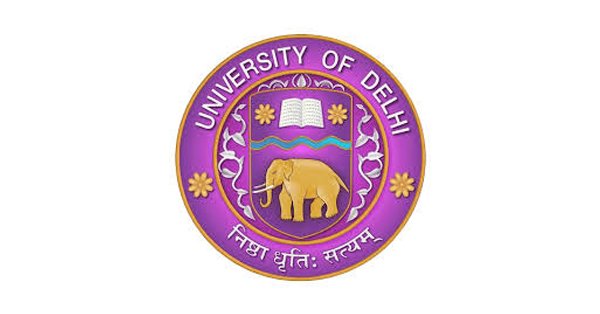
Delhi University (DU), a 100-year-old bastion of Indian higher education, is hurtling toward an academic experiment that has stirred a storm of questions, confusion, and cautious optimism. The impending transition to a four-year undergraduate (UG) programme under the National Education Policy (NEP) 2020 has placed DU under scrutiny—by students, faculty, and educational observers alike.
But beyond Delhi’s corridors, this change provokes a deeper inquiry: Can India’s premier public university align itself with the structural and pedagogical benchmarks set by globally respected institutions?
The New DU Blueprint: Flexibility or Fuzziness?
DU’s upcoming UG structure offers a choice: students can exit after three years with a degree or continue for a fourth year to pursue a dissertation, research project, or entrepreneurship. On paper, it mirrors models like the U.S. liberal arts system, where flexibility, interdisciplinarity, and research are woven into undergraduate curricula.
But on the ground, reality is more tangled.
Third-year students at DU remain unsure whether to prepare for postgraduate exams or extend their stay. Sneha, a chemistry student quoted in recent reports, summed up the mood: “I don’t have a clear idea on whether I should pursue this or focus on PG preparation.”
DU has yet to officially open sign-ups for the fourth year, even though the sixth semester is almost over—a bureaucratic hiccup that risks undermining student confidence in the system itself.
Where DU Stumbles, the Ivy League Soars
In the U.S., institutions like Harvard or Stanford allow students to declare majors late, offer undergraduate research fellowships, and are backed by robust infrastructure. In contrast, DU’s expansion feels rushed, underfunded, and under-communicated.
Dr. Anita Rampal, former Dean of the Faculty of Education, warns that such transitions require “a decade of groundwork,” yet DU is pushing through in months. “Courses are being offered by teachers who have no expertise in research,” she adds, highlighting a chronic skills gap.
Can Research Be Compulsory Without Resources?
The core of DU’s fourth year is research. Yet faculty and students point to inadequate labs, libraries, and mentorship. Ratnabali K, Dean of Academic Affairs at Hansraj College, admitted that although efforts are underway, “students could end up chasing superficial projects.”
In stark contrast, undergraduate research in top Western universities often begins as early as the second year, backed by grants, access to world-class labs, and dedicated mentoring. DU, by comparison, is still debating WiFi access in some colleges.
Students Speak: Waste of Time or Worth the Risk?
Among DU students, the reactions are as varied as the courses offered. For some, the fourth year is seen as an opportunity to stand out in the competitive postgraduate landscape, especially for those aiming for international education. “If structured well, it might give me an edge in applying to research-based master's programs abroad,” said Ishita, a psychology student.
But many others feel caught off-guard. “The syllabus is unclear, the teachers are unsure, and we’re expected to take a leap of faith,” said Soham Kumar, a political science undergraduate. Some students even fear it will delay their career plans without any meaningful academic gain. Others worry the fourth year may serve as a “limbo zone” between graduation and real opportunity.
The concern is not just academic—many come from modest financial backgrounds. An added year means added costs, and without clear benefits, families are reluctant to invest. DU’s promise sounds great on paper, but students want answers, not just aspirations.
Global Rankings and DU’s Identity Crisis
In Times Higher Education and QS rankings, Indian universities lag far behind—mostly due to low research output and poor global perception. By attempting to instill a research culture in undergraduates, DU aims to close this gap. But experts warn that importing the form without the substance—faculty training, grant systems, peer-reviewed research mechanisms—could backfire.
“It’s not that the model is wrong. It’s the ambition that’s misplaced without capacity-building,” says Biswajit Mohanty, a professor at Deshbandhu College.
Reform Must Be Rooted
For DU’s four-year UG model to work, clarity and capacity must go hand in hand. Reform in Indian higher education often suffers from what policy experts call the “announcement bias”—big ideas with little follow-through. If DU genuinely seeks to nurture research and innovation, it must invest in faculty development, research mentorship, and academic infrastructure across all colleges—not just the top ones.
More importantly, students must be made equal stakeholders in this transition. Clear communication, detailed course structures, counseling support, and internship opportunities will go a long way in building trust.
Inspiration from global systems is welcome—but it must be contextually adapted, not blindly replicated. DU’s fourth year shouldn’t be a policy checkbox; it must be a transformative learning year. If this reform is executed with vision and integrity, it could become a template for India’s academic future. Otherwise, it risks becoming yet another bureaucratic experiment buried under unmet expectations.

